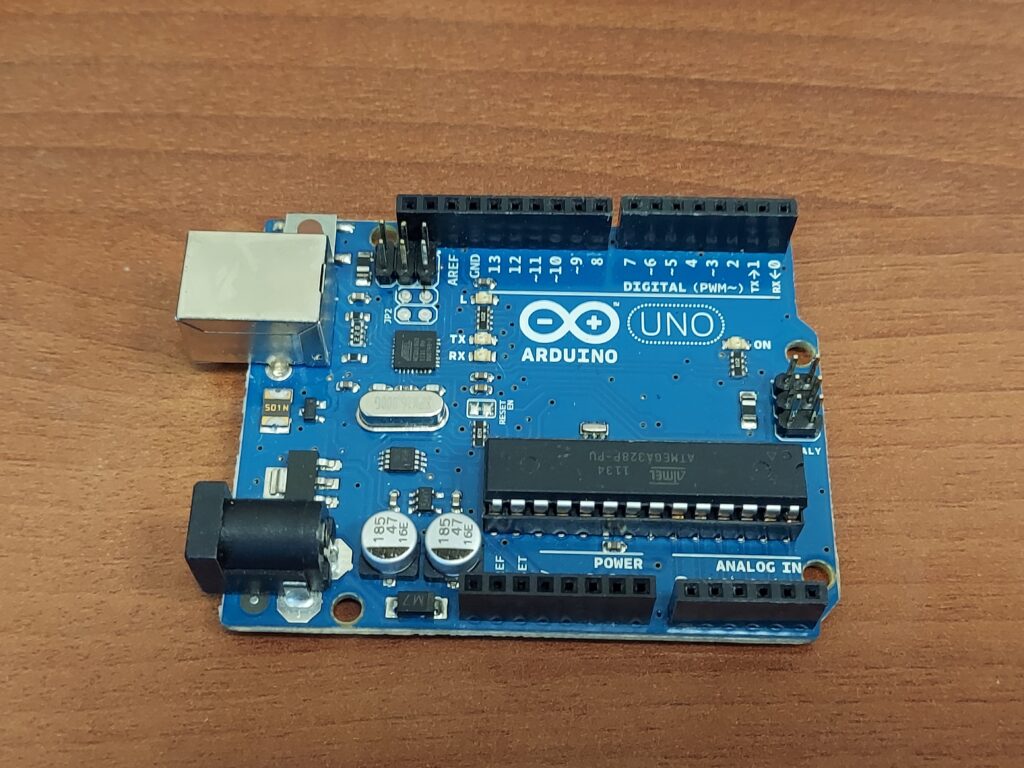The Arduino Uno has been an important part of the electronics hobbyist scene its release in 2010 (as a refinement of earlier boards such as the Arduino Duemilanove.)

I picked one up in 2011 to see what this new “Arduino” craze was all about, and discovered what is still to this day the easiest way I’ve found to get a microcontroller-based whatever up and running. The Arduino IDE, and especially the included libraries and example sketches, make programming as easy as it gets (at least, for the era before LLMs could plausibly write most simple sketches for you.)
Due to its popularity over the past fourteen years or so, the Uno is still somewhat relevant in the Maker community, although it is inevitably being replaced by newer boards such as Espressif’s ESP32. But the IDE and libraries have proven so popular and easy to use that even newer boards like the ESP32 can be readily programmed in the Arduino IDE, once you have downloaded and selected the appropriate core.
The example in the Museum is a garden-variety Arduino Uno R3 board — the “default” model of Arduino. If someone talks about an “Arduino” project and doesn’t specify which board they used — it’s a good bet it’s this one. The Uno is, at least currently, the poster child for all things Arduino, and it deserves its small but important place in the Museum.
Working with a 16MHz, 8-bit microcontroller with 32kB of Flash in 2024, on a workstation with an AI-capable GPU with over a thousand cores does seem quaint — but the Arduino ecosystem (mostly, the libraries) was and is absolutely a revolution in hobby electronics.
Arduino Uno specs:
- Microcontroller: AVR Atmega328P (20MHz, 8-bit, 32kB flash, 2kB RAM, 1kB EEPROM)
- Operating voltage: 5V (USB, or 7-12V DC supply via onboard regulator)
- Analog input pins: 6 (A0 through A5; these can also do basic digital I/O)
- Digital I/O pins: 14 (6 capable of PWM output)
- Interface: USB-B
- Compatibility: Windows / Linux / Macintosh

